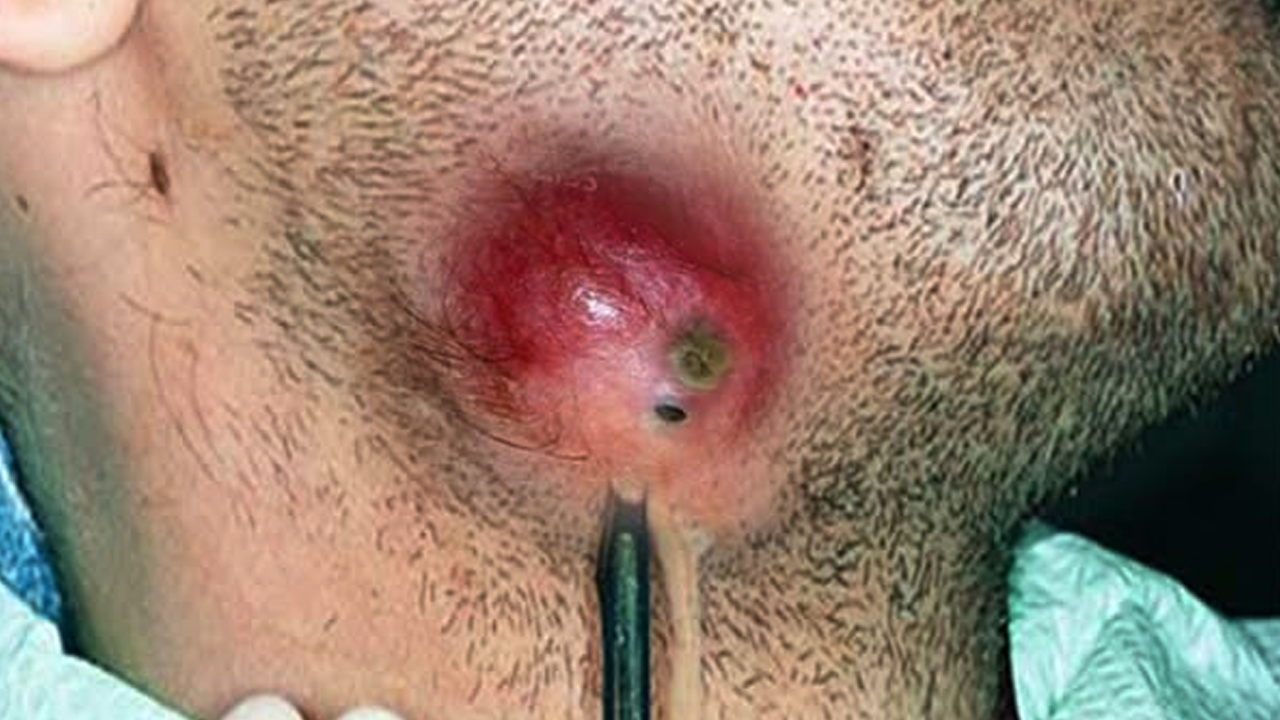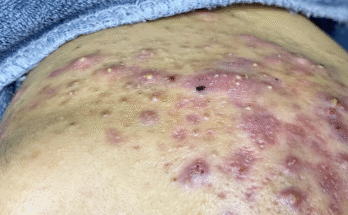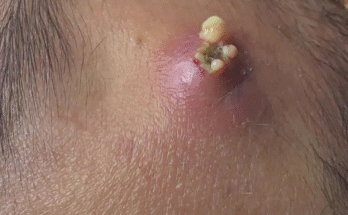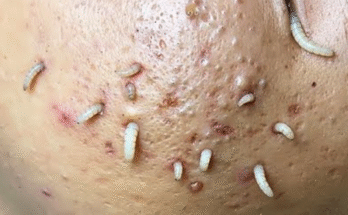Hilton’s Method: A Detailed Guide to Abscess Drainage
Hilton’s method offers a precise and minimally invasive approach to draining deep abscesses. Unlike open surgical techniques, it prioritizes blunt dissection, minimizing damage to surrounding vital structures. This blog post delves into the intricacies of this procedure, from indications and contraindications to a step-by-step guide and post-operative care.
Understanding Hilton’s Method: When and Why?
Indications: Targeting Deep-Seated Infections
Hilton’s method shines when dealing with deep abscesses located near sensitive areas like nerves, arteries, and veins. Its targeted approach makes it ideal for abscesses in challenging locations such as the neck, axilla (armpit), perineum, and thigh, where a more aggressive incision could cause significant complications. The procedure prioritizes careful, blunt dissection to avoid inadvertently cutting through crucial blood vessels or nerves.
Contraindications: Knowing When to Choose Another Approach
This technique isn’t suitable for all abscesses. Superficial abscesses respond well to standard incision and drainage (I&D) procedures. Moreover, patients with underlying health conditions that might complicate minor surgery should be thoroughly evaluated before considering Hilton’s method.
Essential Preparations: Setting the Stage for Success
Before embarking on Hilton’s method, meticulous preparation is paramount. This ensures patient safety and optimal procedural outcomes.
Gathering the Necessary Tools
A well-equipped surgical tray is essential. This typically includes:
- A scalpel (No. 11 or 15 blade)
- Artery forceps (Kelly or Mosquito forceps)
- Blunt-tipped scissors (Mayo scissors)
- Suction apparatus (optional, but recommended)
- Normal saline for irrigation
- Corrugated rubber or Penrose drain
- Antiseptic solution (povidone-iodine or chlorhexidine)
- Local anesthetic (1% lignocaine without adrenaline)
- Sterile gauze, dressing material
- Sterile gloves and drapes
Patient Preparation: Ensuring a Smooth Procedure
The process starts with obtaining informed consent from the patient, explaining the procedure, its benefits, and potential risks. The patient’s positioning depends on the abscess location – for example, supine with head turned for a neck abscess, and arm abducted for an axillary abscess. Rigorous aseptic preparation, cleaning the skin with antiseptic and draping a sterile field, is crucial to minimize infection risk. Local anesthesia (1% lignocaine) is injected around the abscess site, avoiding direct injection into the pus itself.
Performing Hilton’s Method: A Step-by-Step Guide
The core of Hilton’s method lies in its delicate, controlled approach.
1. Making the Initial Incision
A small stab incision (approximately 1.5-2 cm) is made at the point of maximum fluctuance (where the abscess is most tender and bulging) or in a dependent position to facilitate drainage. The incision should ideally follow Langer’s lines, natural skin tension lines, to minimize scarring.
2. The Art of Blunt Dissection
Closed artery forceps or blunt scissors are gently inserted into the incision. The key is to bluntly separate the tissue layers, gradually opening the forceps jaws to avoid damaging blood vessels or nerves. This careful dissection continues until the abscess cavity is reached, a moment often signaled by a sudden release of pus under pressure.
3. Draining the Abscess and Exploring the Cavity
Once the cavity is accessed, pus is allowed to drain fully, aided by suction if necessary. Gentle probing with the forceps helps to break up any loculi (compartments) within the abscess. Irrigation with normal saline flushes away remaining debris. A sample of the pus should be sent for culture and sensitivity testing to guide antibiotic treatment.
4. Inserting the Drain and Dressing the Wound
A corrugated or Penrose drain is inserted to prevent the abscess from re-closing prematurely, securing it with a suture or dressing. Finally, an absorbent sterile dressing is applied, clearly labeled, and the site is carefully monitored for continued drainage.
Post-Procedure Care and Follow-Up
Effective post-operative care is critical for a successful outcome.
Medical Management: Antibiotics and Pain Relief
Antibiotic therapy might be necessary, depending on the severity of the infection and the presence of systemic signs. Empiric antibiotics, such as Amoxicillin-Clavulanate or Clindamycin, may be prescribed initially, adjusting based on culture and sensitivity results. Pain management typically involves NSAIDs like ibuprofen or paracetamol, with short-term opioid use considered for severe pain.
Wound Care and Monitoring
Daily dressing changes are essential, and the drain is usually removed after 48-72 hours, or when drainage stops. Close monitoring for signs of reaccumulation of pus, spreading cellulitis, or fever is vital.
Follow-up and Warning Signs
Regular follow-up is crucial to assess the healing process. However, immediate medical attention is necessary if worsening pain, redness, swelling, fever above 38.5°C, reaccumulation of pus, or spread of infection occurs.
Clinical Example: An Illustrative Case
A 27-year-old male presented with a three-day history of a painful axillary swelling. Hilton’s method was employed under local anesthesia, yielding pus that was cultured (revealing MSSA). Treatment involved I&D and amoxicillin-clavulanate, resulting in a full recovery with drain removal after two days.
This detailed account aims to provide a comprehensive understanding of Hilton’s method, emphasizing its precision and importance in managing deep abscesses. Always remember: proper training and supervision are crucial before attempting this procedure.



